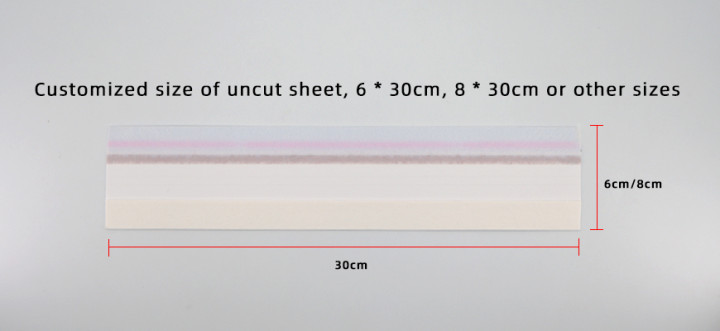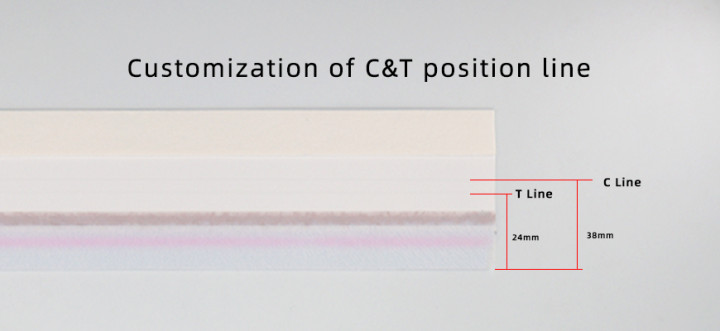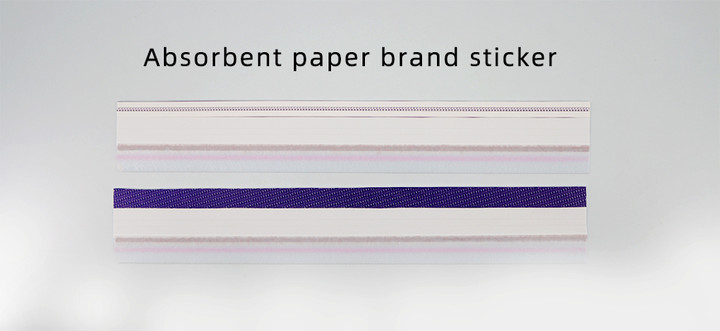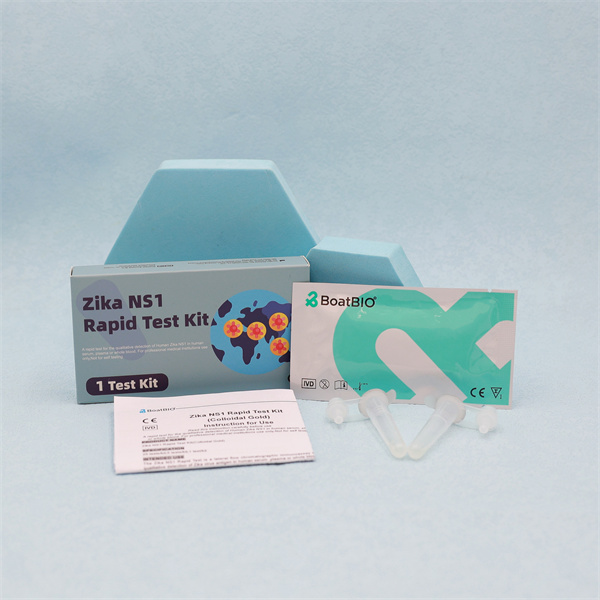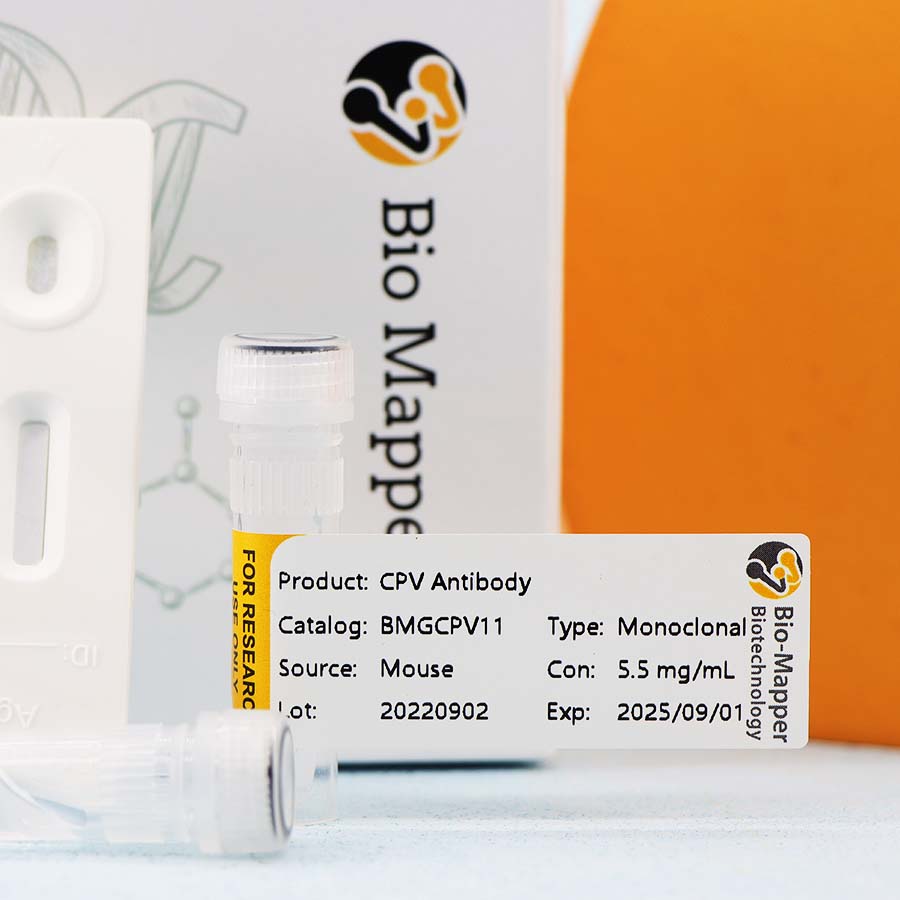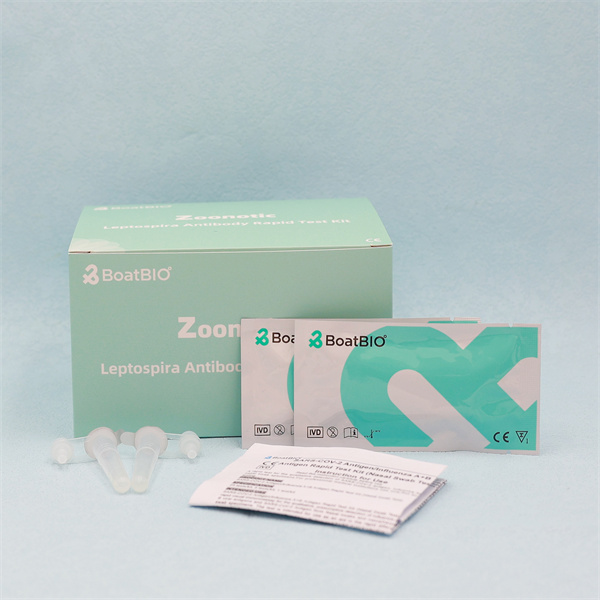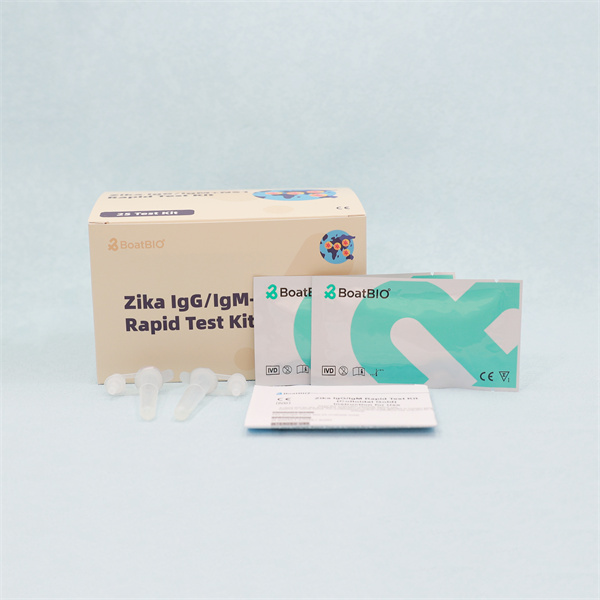Detailed description
Typical measles cases can be diagnosed according to clinical symptoms without laboratory examination. For mild and atypical cases, microbiological examination is required to confirm the diagnosis. Because the method of virus isolation and identification is complex and time-consuming, which requires at least 2-3 weeks, serological diagnosis is often used.
Virus isolation
The blood, throat lotion or throat swab of the patient at the early stage of the disease were inoculated into human embryonic kidney, monkey kidney or human amniotic membrane cells for culture after being treated with antibiotics. The virus proliferates slowly, and typical CPE can appear after 7 to 10 days, that is, there are multinucleated giant cells, acidophilic inclusions in cells and nuclei, and then the measles virus antigen in the inoculated culture is confirmed by immunofluorescence technology.
Serological diagnosis
Take double sera of patients in acute and convalescent periods, and often perform HI test to detect specific antibodies, or CF test or neutralization test. The clinical diagnosis can be assisted when the antibody titer is more than 4 times higher. In addition, indirect fluorescent antibody method or ELISA can also be used to detect IgM antibody.
rapid diagnosis
Fluorescent labeled antibody was used to check whether there was measles virus antigen in the mucous membrane cells of the patient’s throat rinse at catarrhal stage. Nucleic acid molecular hybridization can also be used to detect viral nucleic acid in cells.




